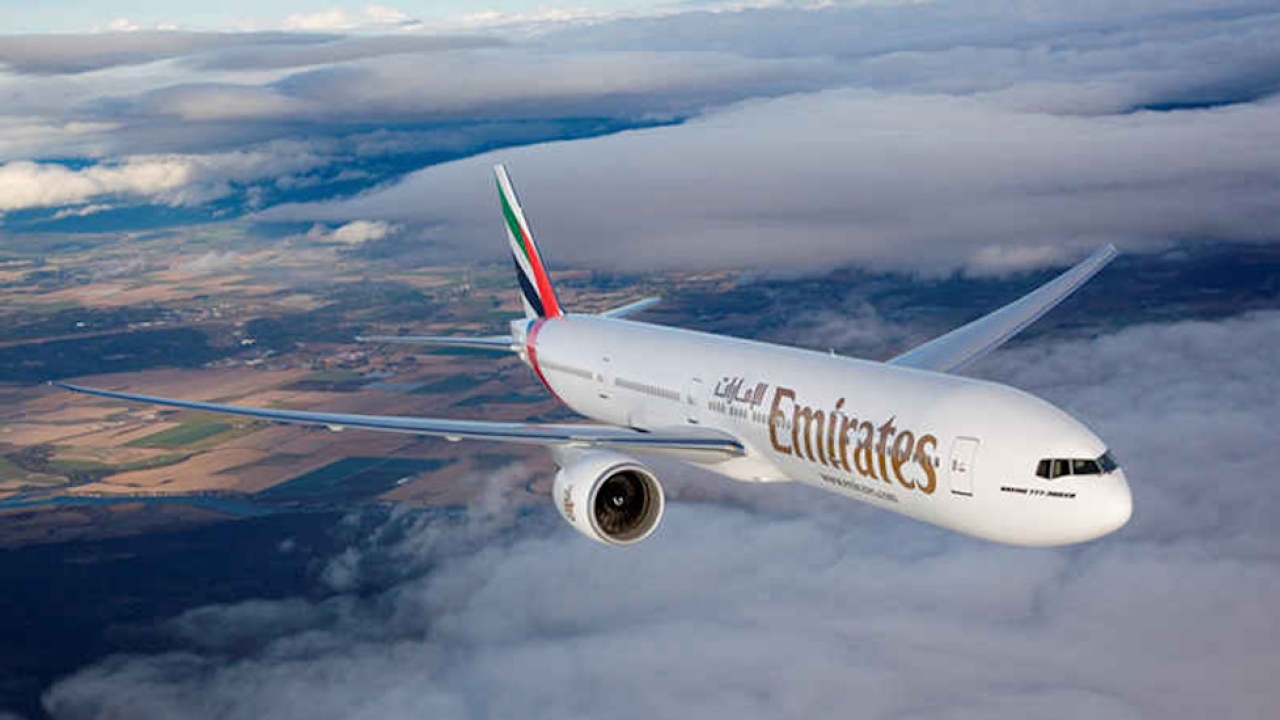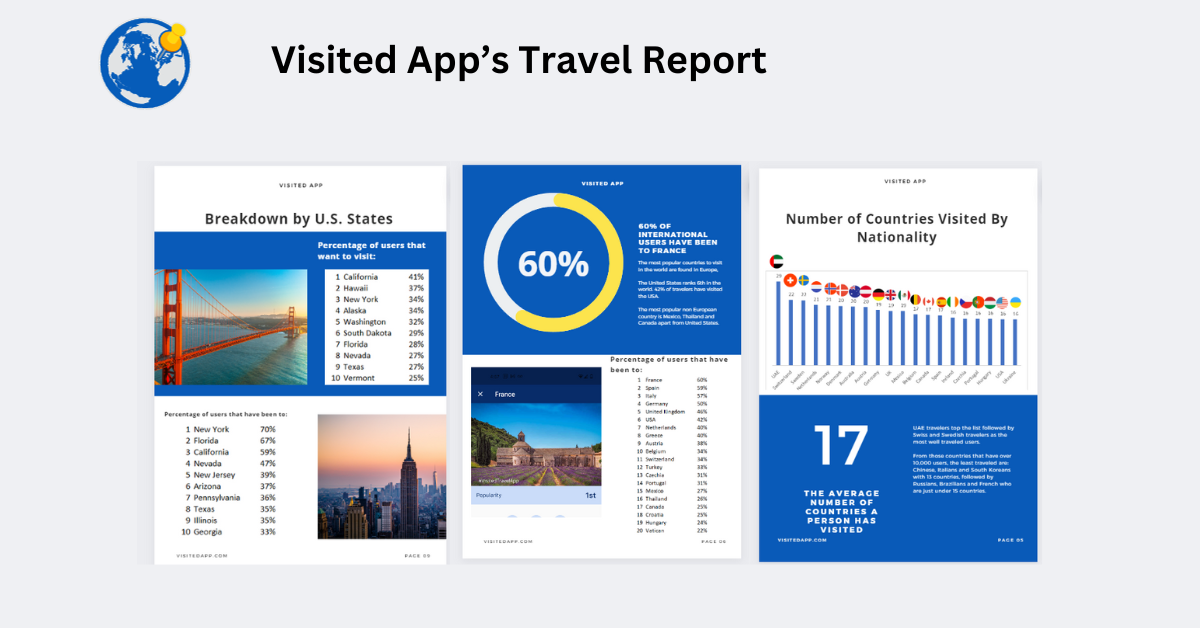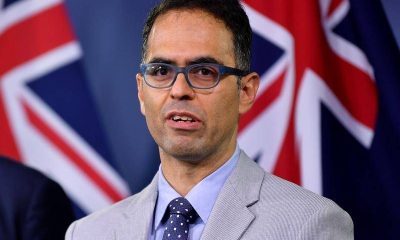Travel
Emirates Expands Services in Australia with Second Daily Flight to Perth

Emirates will ramp up its operations in Australia by upgrading its second daily flight between Dubai and Brisbane to an A380 starting from October 1.
The airline will also add a second daily service between Dubai and Perth operated by a Boeing 777-300ER starting from 1 December.
From 1 October, Emirates’ second A380 flight EK430 to Brisbane will depart Dubai at 0230hrs, arriving in Brisbane at 2220hrs. Emirates’ return flight EK431 will depart Brisbane at 0155hrs, arriving in Dubai at 1005hrs. All times are local.
The additional flight to Perth will be operated by an Emirates Boeing 777-300ER. Starting from 1 December, Emirates flight EK424 will depart from Dubai at 0915hrs and arrives in Perth at 0005hrs the following day. Emirates’ return flight EK425 will depart from Perth at 0600hrs and arrives in Dubai at 1310hrs. All times are local.
Barry Brown, divisional vice president Australasia at Emirates, said: “We’re pleased to offer more choice and opportunities for Australians traveling from Brisbane and Perth through the ramp up of our operations. It’s a demonstration of the importance of both gateways for tourism and trade, and Emirates’ commitment to ensure convenient schedules and comfortable connections to and through Dubai. Whether it’s the advantage of seamless afternoon connections from Dubai to a wealth of destinations across Europe on the second Perth flight, or a full A380 experience to and from Brisbane to close to 50 cities served by our flagship, we’re creating access to diverse opportunities for business, leisure, culture, and more.
“The ramp up is also a testament to our commitment in enhancing global connectivity to our Australian gateways and supporting tourism and trade growth opportunities.”
Gert-Jan de Graaff, Brisbane Airport chief executive officer, said: “The A380 will allow up to 100,000 extra passengers per year to travel between Queensland and Europe, which is Brisbane’s second busiest international destination. Now in its 21st year of serving Brisbane, Emirates is our number one mover of people to and from Europe.
“Importantly, Emirates stands out from the pack as the leading airline in over the bay operations, reducing noise impacts on the local community. More than two-thirds of all overnight Emirates flights have been over Moreton Bay during the period from July to December 2023. We congratulate Emirates on that performance and look forward to continued collaboration across all airlines.
Travel
Visited App Reveals Top 25 Global Wonders Rankings

The travel app Visited, which was developed by Arriving In High Heels Corporation, has published a list of the top 25 most visited World Wonders. World Wonders can be found around the world, and include natural wonders such as the Grand Canyon ranked 12th or man-made such as the Eiffel Tower which is the most visited wonder in the world. Big Ben is found in the 7th spot, while driving distance Stonehenge comes in the 18th spot, and the unique ride between England and France, the Channel Tunnel, comes in the 23rd spot. Europe, followed by the United States have the highest number of visited wonders, which is not surprising as they are high on every traveler’s wish list. While the majority of World Wonders are found in Europe, a few exceptions include: Sydney Opera House, Chichen Itza, Marrakesh and the Great Wall of China.
The top 5 most visited World Wonders include: the Eiffel Tower, the Colosseum, Venice, La Sagrada Familia, and the Empire State Building.
The list is based on over 2,000,000 users who are avid travelers, that use the travel app, Visited. The app allows users to mark off famous places based on travel lists including most visited beaches, churches, opera houses, golf destinations, cruise ports and others. Other features of the app include: personalized travel map of where you have been or wish to visit, and travel stats and itinerary which ranks your top destinations based on your bucket list.
Travel
Live and Work on Mars? NASA’s Seeking Applicants

NASA’s crew criteria
A series of Mars simulations
Travel
Airline Passengers Benefit from Triple Carrier Competition

Airline passengers typically pay half the amount for a ticket serviced by three carriers than if the route is flown by just one.
A federal task force has revealed a sector sensitive to competition, with research suggesting the “mere threat” of rivalry can be enough to lower airfares.
When serviced by a monopoly carrier, airfares average 39.6 cents per kilometre – a number that drops to 28.2 cents a kilometre with a competitor, and to 19.2 cents a kilometre when three providers are competing on the same route.
Prices per kilometre keep dropping as more competitors are added.
Presenting the early findings of the Competition Taskforce, set up last year, Assistant Minister for Competition Andrew Leigh says competition exerted “significant” downward pressure on airfares.
Dr Leigh says a lack of competition in the aviation industry is particularly problematic in a country so heavily reliant on flying to connect cities and reach other parts of the world.
“For a resident of Darwin, it is often cheaper to fly from Darwin to Singapore than it is to fly from Darwin to Sydney, even although the international flight is longer than the domestic one,” he will say in an address to the Chifley Research Centre in Melbourne.
He says the research adds to the “relatively limited evidence base” linking competitive pressures and prices in the industry.
The aviation sector came under fierce scrutiny last year following the government’s decision to block Qatar Airways from additional flights in Australia, with accusations the call was made to protect Qantas from a competitor.
The federal government has issued a review of the sector – including its competitiveness – with a white paper expected midyear to guide long-term policies.
The Australian Competition and Consumer Commission has also resumed monitoring the airline sector after the government agreed to reinstate its expiring powers.
ACCC chair Gina Cass-Gottlieb said more choice and competition kept downward pressure on airfares based on the watchdog’s assessments do far.
“These are questions we are going to be investigating further now that we have the continued role of monitoring airline services,” she told AAP.
In a speech later on Tuesday, Dr Leigh will say more than a dozen airlines operated in Australia before World War II, but from the 1950s to the 1980s, a duopoly prevailed, keeping prices high.
“Only with the deregulation of aviation in the late 1980s did flying become affordable for many middle-class families and small businesspeople,” he will argue.
Value of competition for airline passengers
“Australia’s aviation history shows the value of competition.”
The minister will also unveil new findings on mergers, coinciding with the Australian Competition and Consumer Commission’s crackdown on corporate marriages that lead to too much market concentration.
The analysis found mergers were extremely concentrated among larger firms and roughly two-thirds happen without the consumer watchdog’s knowledge.
About 1000-1500 mergers were taking place each year compared with the 330 the ACCC considered annually under the voluntary notification system.
The consumer watchdog has been pushing for mandatory notification and approval of upcoming mergers, with some firms thought to be pushing the boundaries of the voluntary set-up and offering up incomplete, incorrect and late information.
-
Business2 years ago
How to Earn Money Writing Blog Posts in 2023: A Comprehensive Guide
-
Games2 years ago
How does Dead Space Remake enhance the Horror Classic of 2008
-
Video2 years ago
Everything you need to know about Starfield
-
Health2 years ago
How is Yoga and Pilates Bridging the Gap Between your Mind and Body
-
World2 years ago
Swiss Pharma Powerhouse Acino Expands into Latin America with M8 Pharmaceuticals Acquisition
-
Health2 years ago
Migraine medications significantly improve the quality of life
-
Self Improvement2 years ago
Enhancing Relationships and Emotional Intelligence Through Mindfulness Meditation
-
Video2 years ago
Winners and Losers of the 2023 NSW budget revealed
























